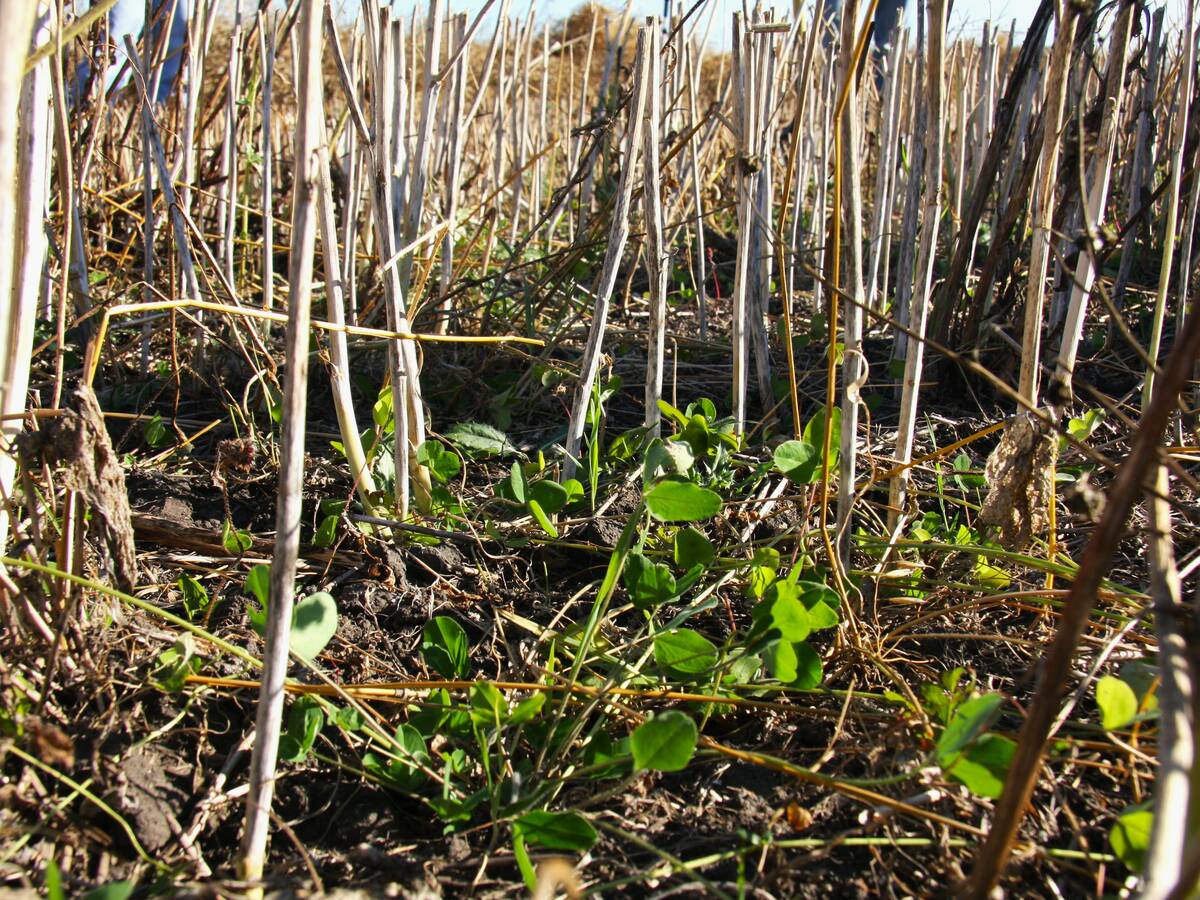Collecting data and remotely watching over field operations allow producers to adjust management systems
Farmers Edge started in 2005 as a Winnipeg-based prescription agronomy company.
However, in the age of big data and big international competitors, the company needed an aggressive growth strategy to stay relevant.
Trevor Sherman, who manages accounts for the company in Sask-atchewan, said it accomplished this goal by expanding services and the region in which it operates.
Farmers Edge demonstrated its service at a farm show near Sask-atoon this summer by installing its CanPlug technology in a Versatile tractor that was used in a seeding demonstration on the show grounds.
Read Also

Saskatchewan project sees intercrop, cover crop benefit
An Indigenous-led Living Lab has been researching regenerative techniques is encouraging producers to consider incorporating intercrops and cover crops with their rotations.
“In the device is actually a cellphone, a GPS signal and a computer, so it’s collecting data from the tractor and some of the implements all the time,” Sherman said.
The device can be installed in any of the major equipment brands, and he said operators will not notice it’s there, aside from the GPS and cell antenna on the roof.
The plug automatically exports the machine’s operational data to Farmers Edge’s cloud-based FarmCommand data management platform, where farm managers can access the information in real time from their personal computers.
Producers can see their machine’s travel speed and fuel consumption on a map, which superimposes legal land descriptions on the display.
Seeders can also be outfitted with a CanPlug to track where and when product and seed are delivered in a field. A CanPlug is also placed in sprayers and combines, which allows producers to track and manage all of the field operations on their farm.
Field and harvest data that was gathered by producers before they subscribed to Farmers Edge can be imported into the FarmCommand software, which allows the company to immediately have a long-term perspective on a field.
All of the information collected and imported into Farmers Edge data management programs is then used by company agronomists to help develop farm management strategies on a farm-by-farm basis, including the creation of management zones and variable rate prescription maps.
“We also put up weather stations on your land,” Sherman said.
“So the goal is, we want to know your land, we want to soil test your land, we want to prescribe a prescription for your land, then at the end of it, take your harvest map and take all that data, including the weather, and say, ‘here is what you did, here is what happened with the weather, here is the outcome.’”
Sherman said the goal is to learn from all information year after year to help producers make adjustments and become more efficient.
As well, in-season normalized difference vegetation index satellite imagery helps the Farmers Edge program be a real time decision-making tool.
“Satellite imagery is part of the service,” Sherman said.
“To do variable rate with Farmers Edge, it’s $3.95 an acre. That in-cludes variable rate, building the zones, that’s soil testing the zones, that’s cam plugs in all your seeding equipment, your harvest equipment and your spraying equipment.”
To capitalize on the move toward carbon sequestration, Farmers Edge allows producers to document and demonstrate best management practices. Alberta has a carbon-offset program, which re-quires three years of detailed data for producers to qualify.
Farmers Edge can supply this information, which has allowed producers to recover some of the cost of the service.
Farmers Edge has offices in the United States, Australia, Russia, Argentina and Brazil.
An example of its growing international profile is its partnership with Dow Agro Sciences in an initiative that uses sustainability gains in agriculture to help offset the carbon footprint of the 2016 Olympic games in Rio, Brazil.















